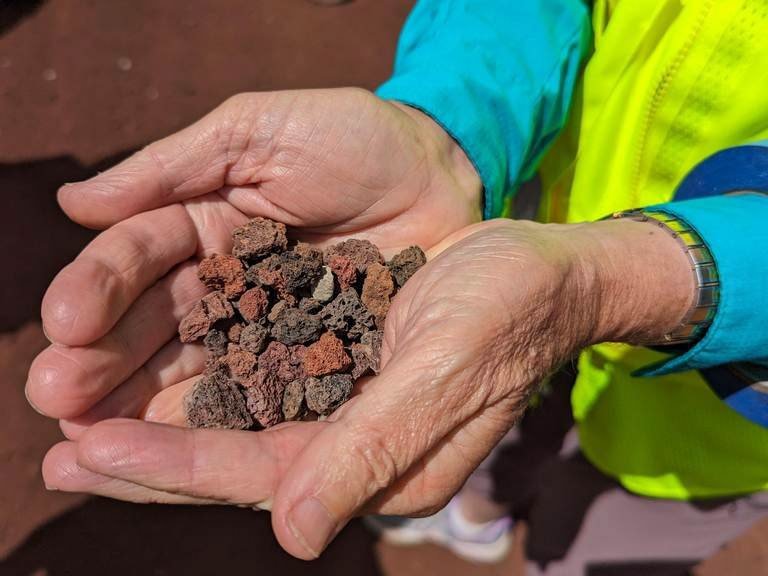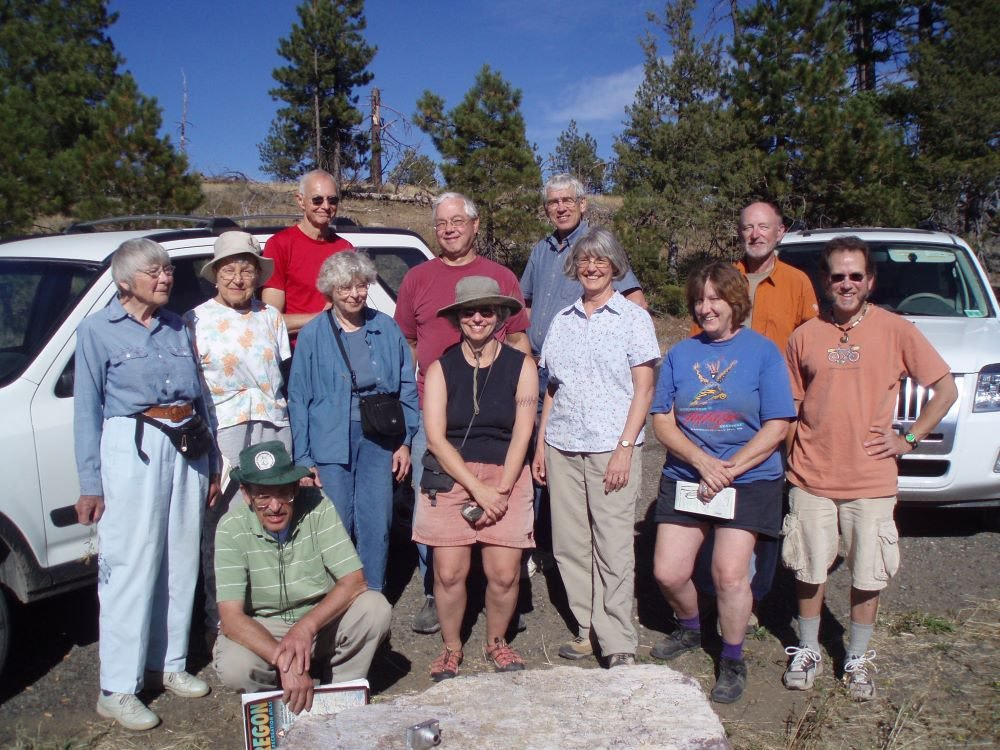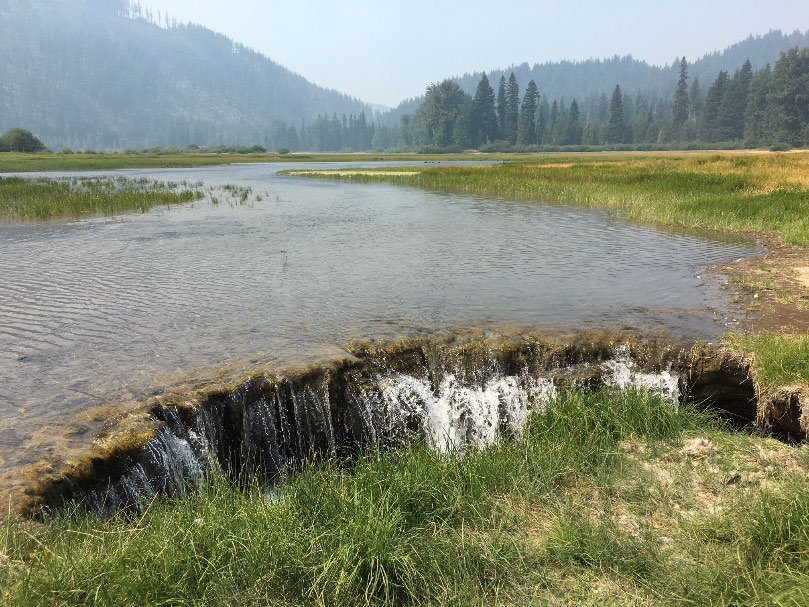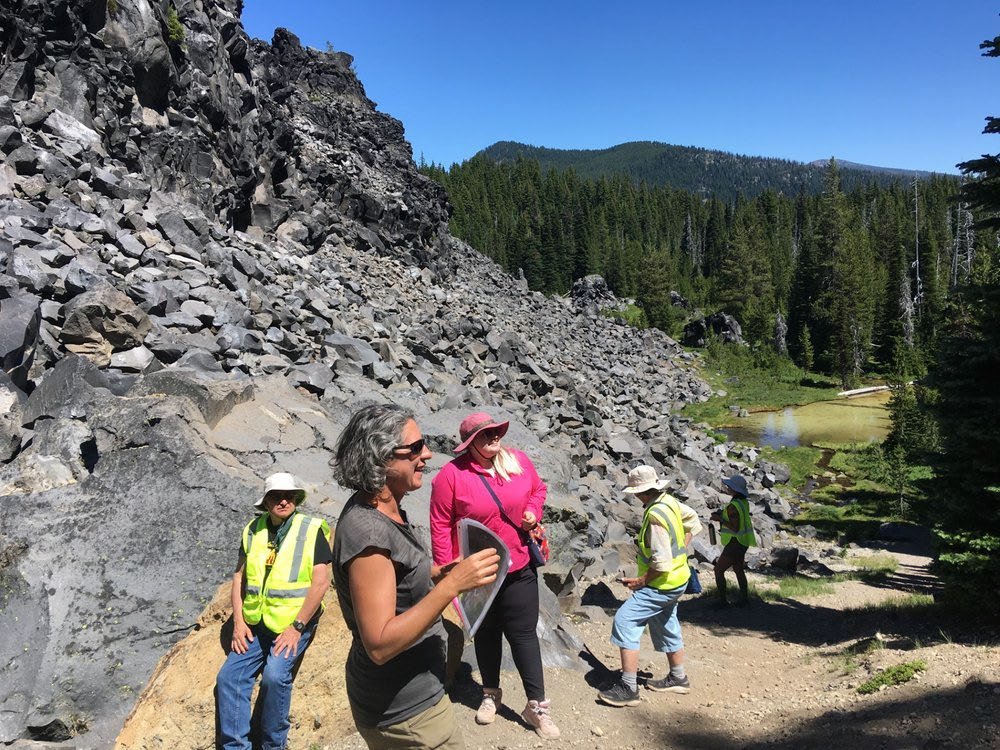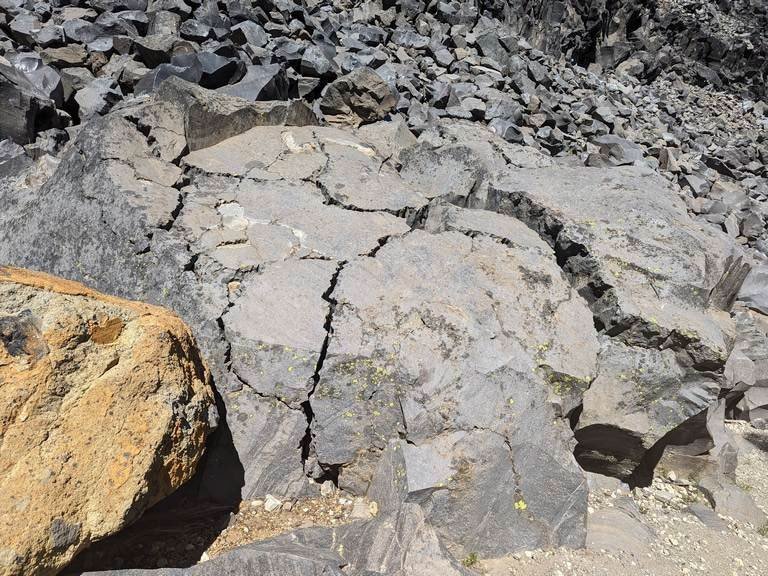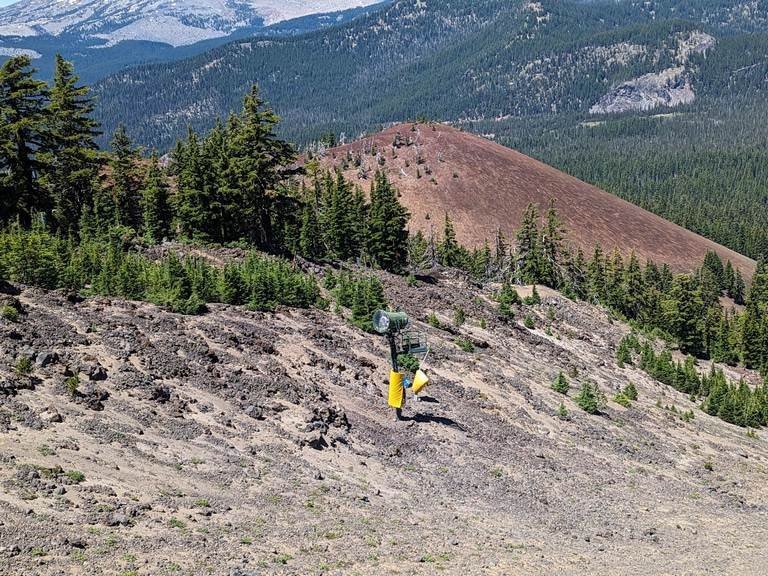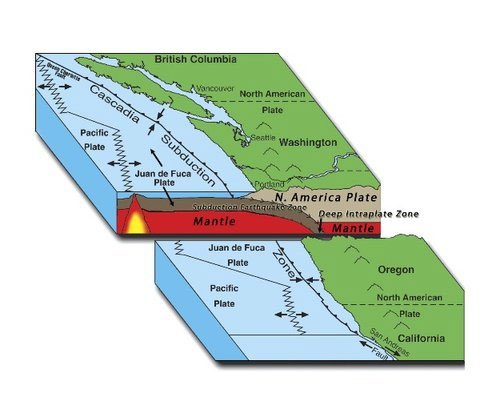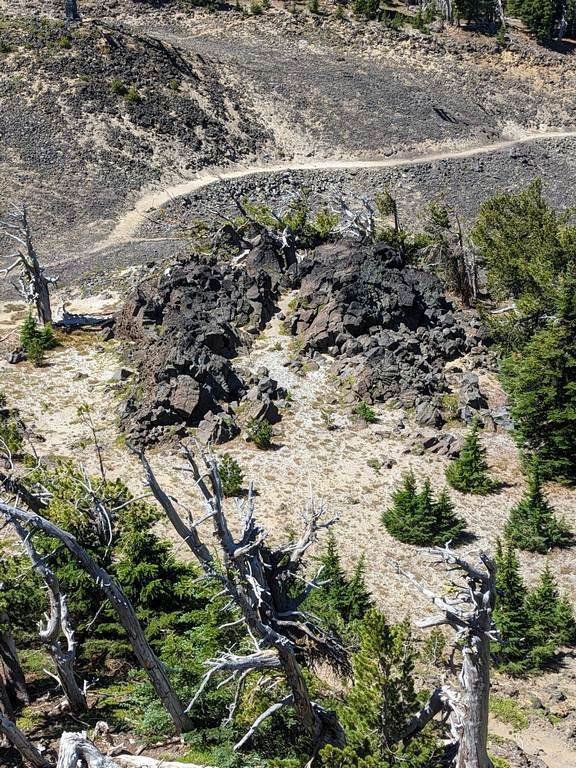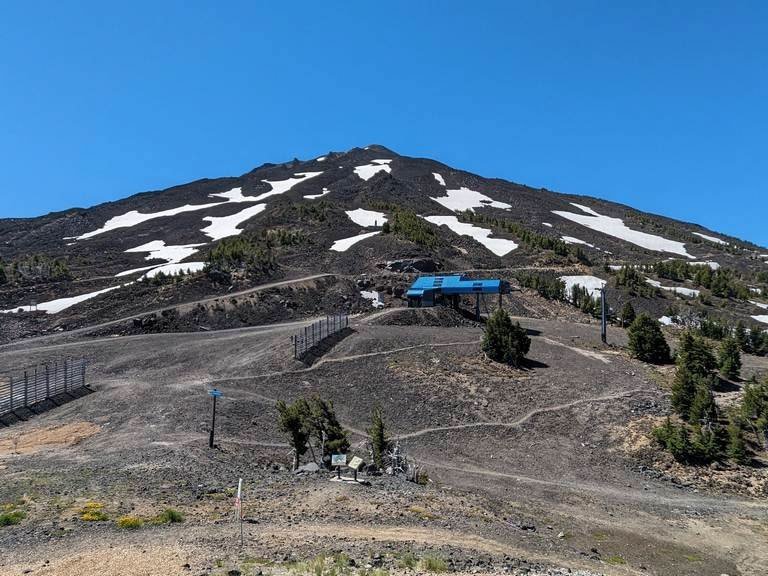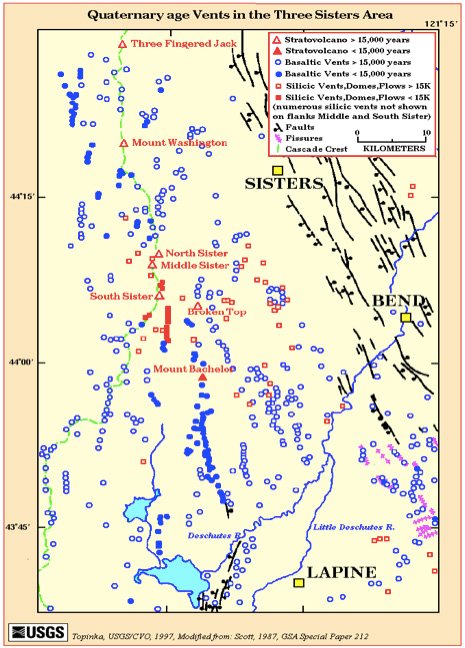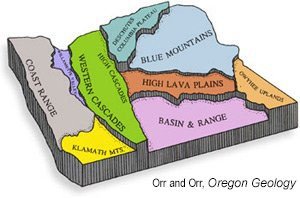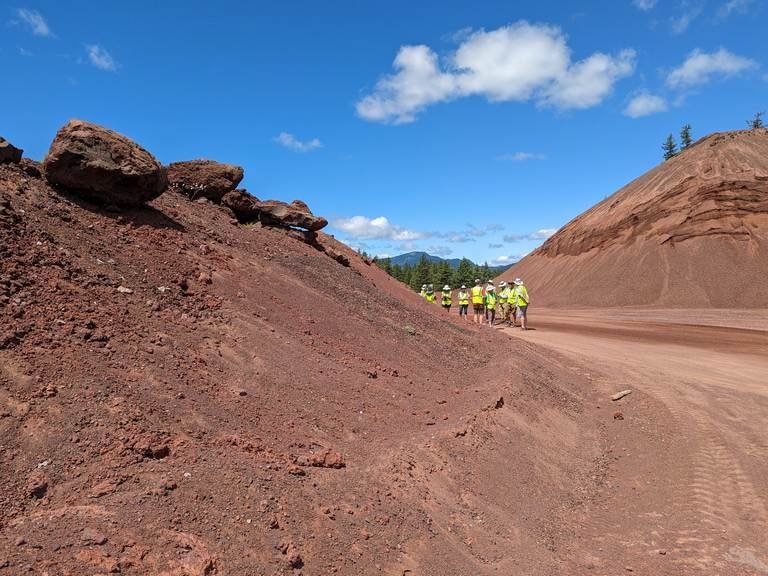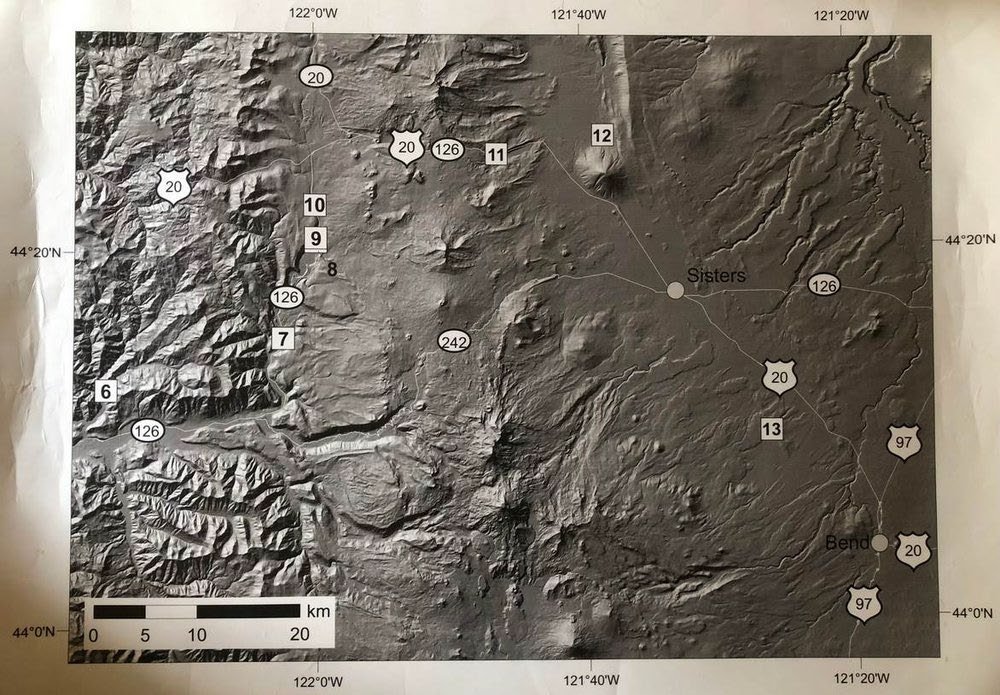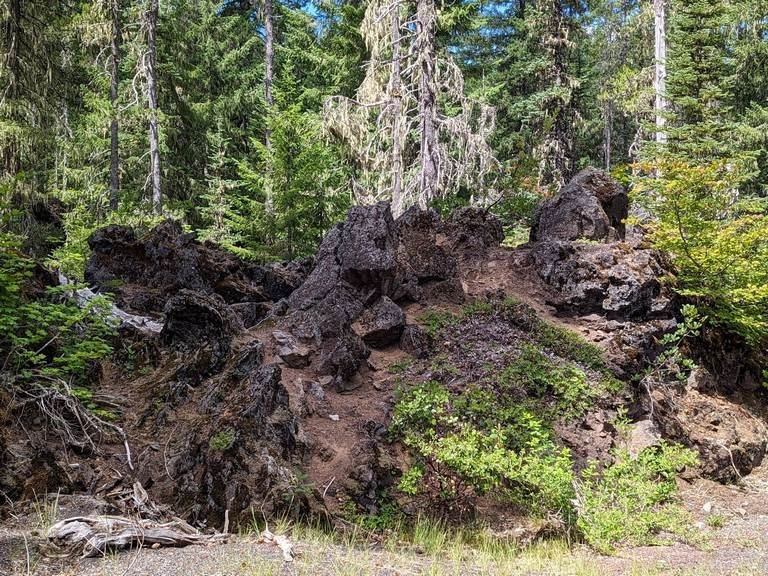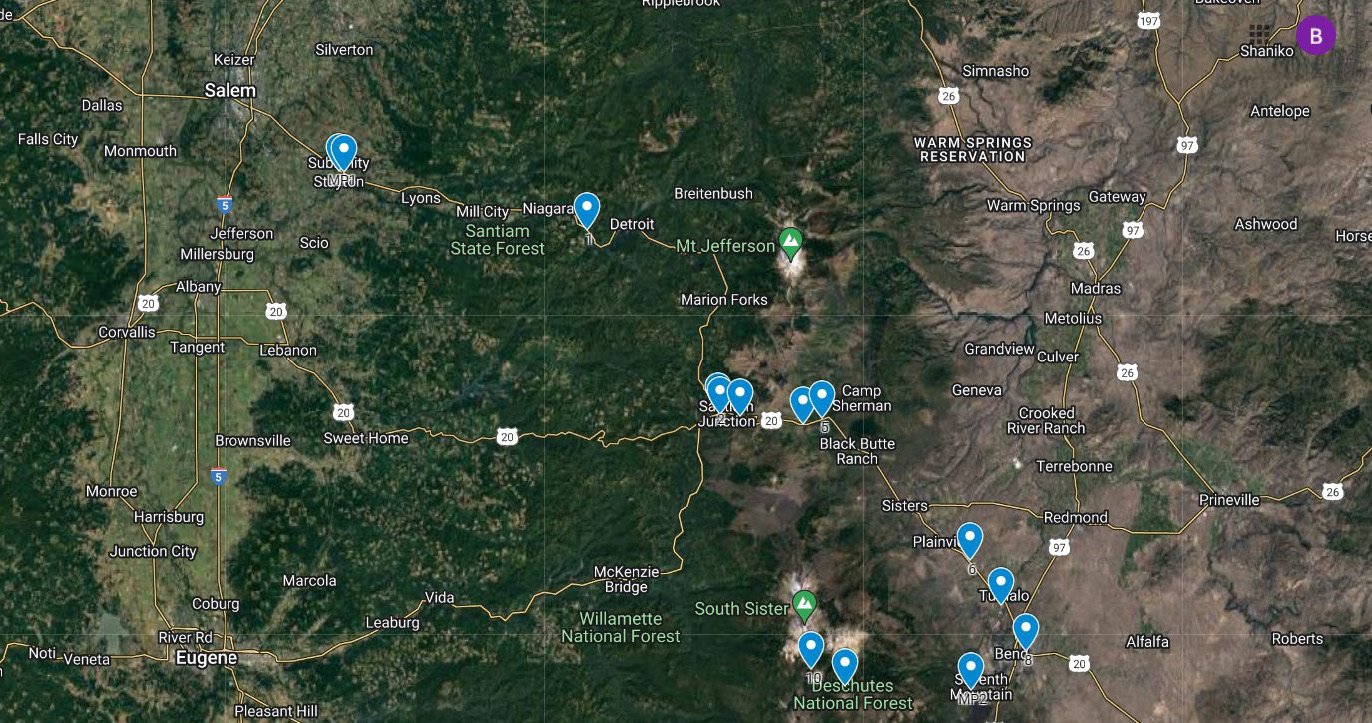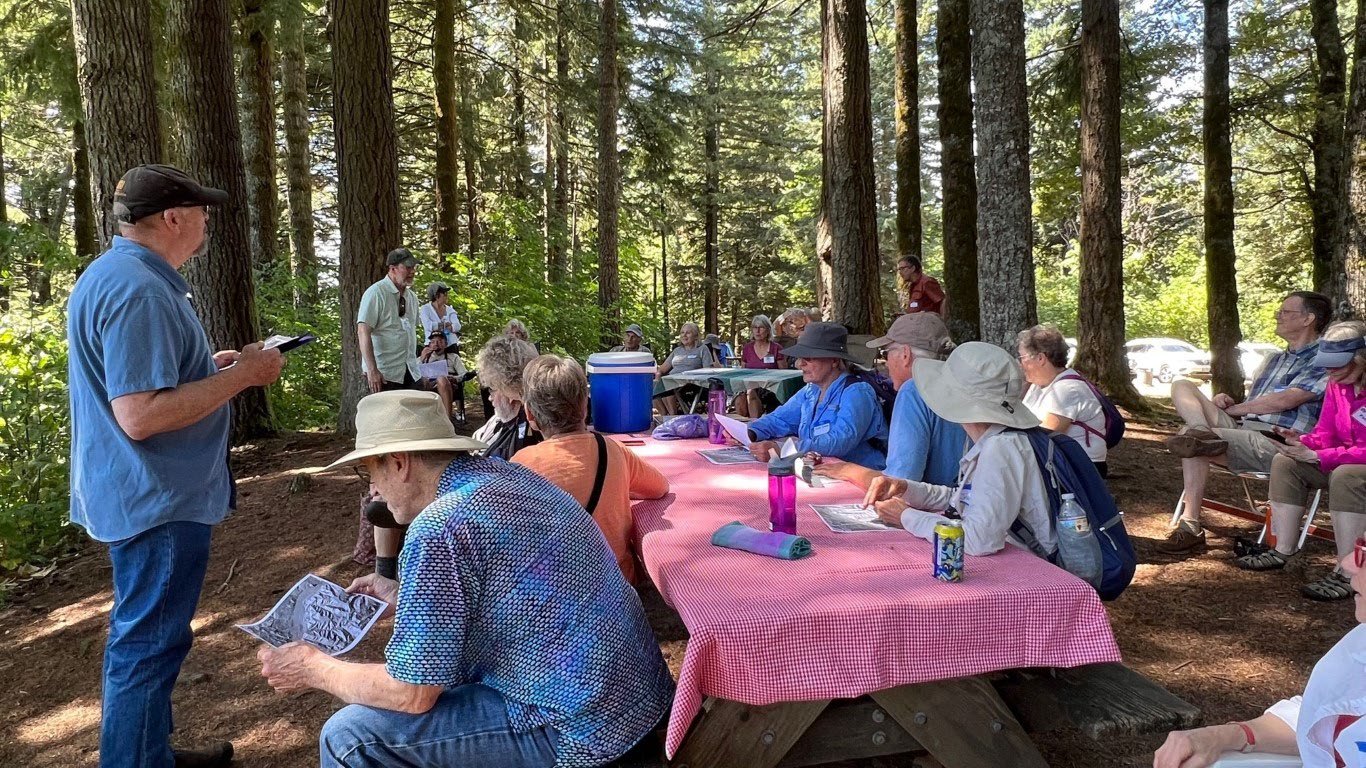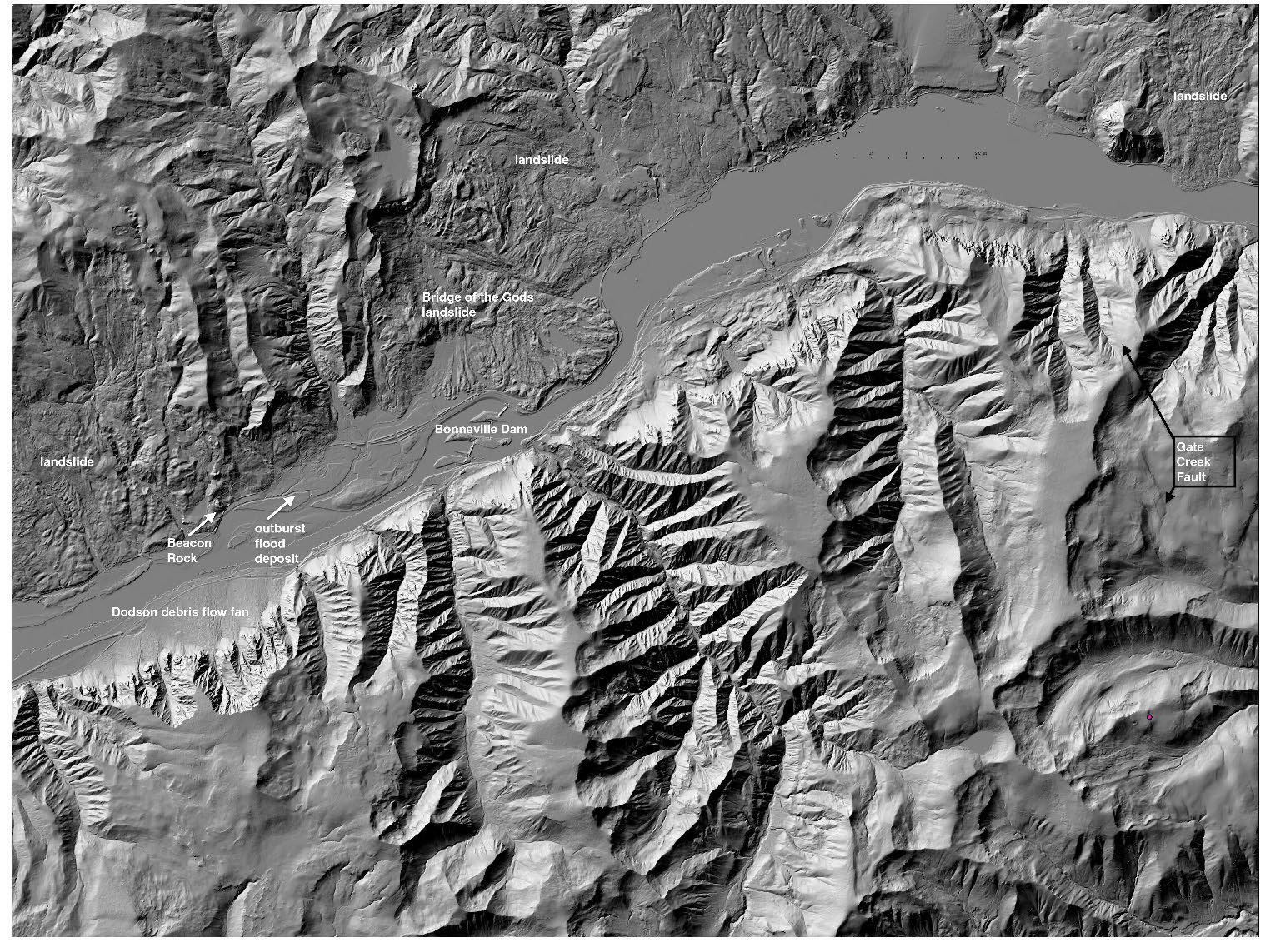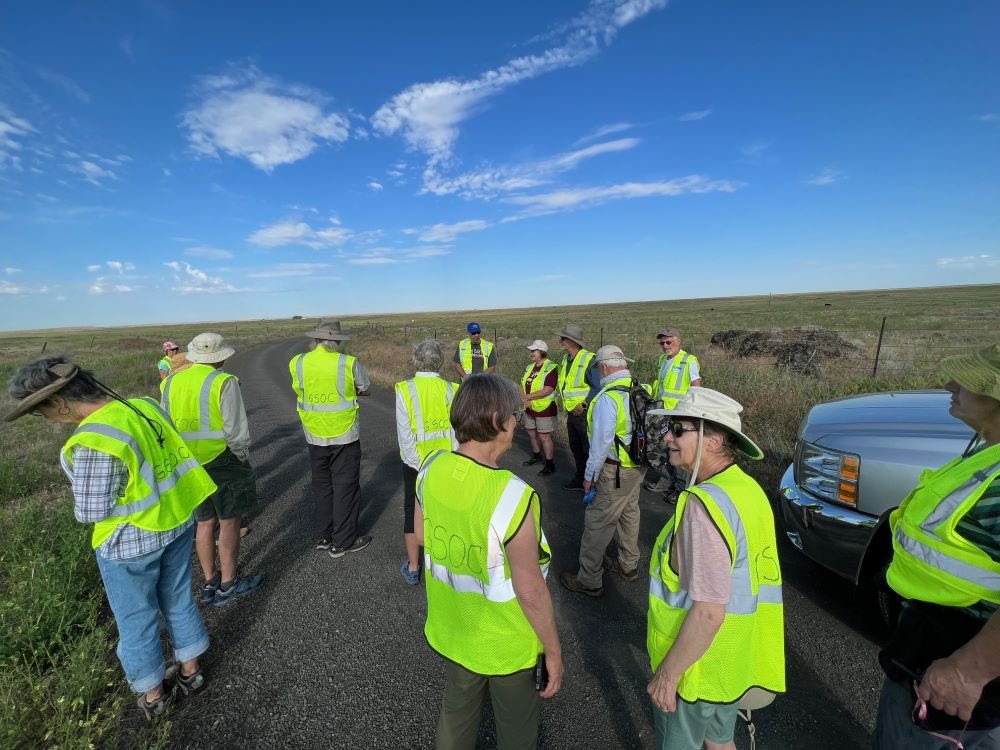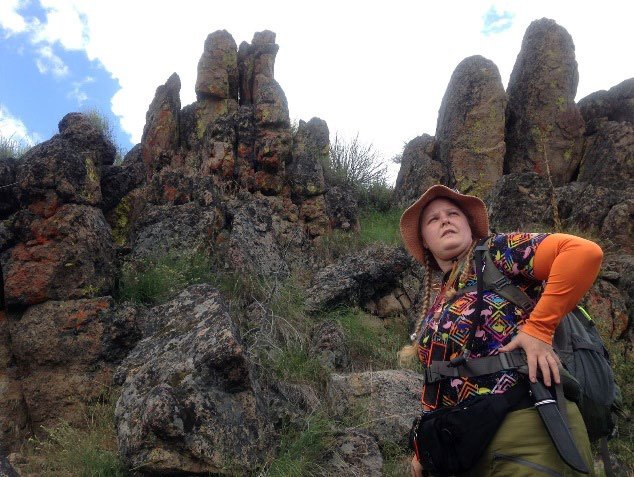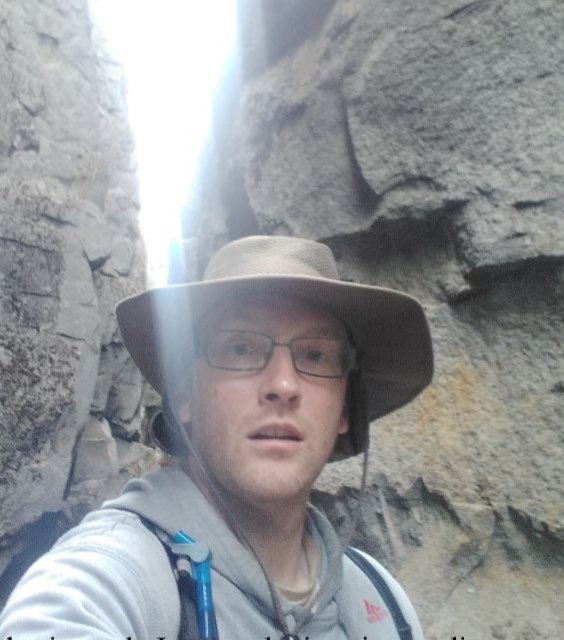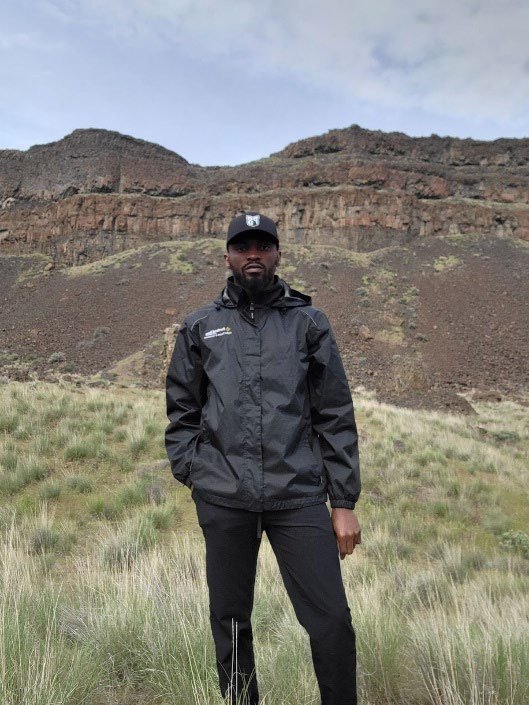Founding Father of Geology: Steno
/by Kyle Dittmer
On January 8, over 70 GSOCers gathered in Cramer Hall 53 to hear a science-history talk given by GSOC member and Portland Community College professor Kyle Dittmer, which revealed new findings on how the field of geology got established.
Kyle asked, “How many of you have heard of Steno?” About 25% said yes (and this compares to 10% for a Danish audience).
Niels Steensen (later Latinized to Nicolas Steno) was born in Copenhagen, Denmark. He lived only 48 years (1638-1686). At age 19 he pursued medical studies at the University of Copenhagen. Steno’s careers were first Scientist, then Priest (that order was unusual back then).
Steno’s geologic/paleo work in 1669 laid the foundation for Historical Geology as we know it today. In this book came the Five Principles of Stratigraphy that Steno is best known for.
Partly because of the Sweden-Denmark War of the 1640s, Steno sought to broaden his academic pursuits by traveling through Europe – spending time as a visiting scientist in France, Holland, Germany, and Italy. It was in Italy, benefiting from the post-Renaissance support of the arts and science and local peers, that Steno came up with his science discoveries.
During 1666 to 1675, Steno did studies in Medicine (Anatomy, Physiology), Paleontology, Historical Geology, Stratigraphy, and Crystallography. Steno had great powers of observation. It was his early medical studies that provided the unexpected jump into Paleontology. In 1666, a group of fisherman in Italy brought Steno a large dead shark. He examined the teeth then compared with fossilized shark teeth in the nearby rocks. He concluded that fossils were former living creatures preserved in rock (and not some “mystical thing” that appeared in the rocks).
Steno’s fame came after he published his geologic/paleo work in 1669: De solido intra solidum naturaliter contento dissertationis prodromus (The Prodromus of Nicolaus Steno’s Dissertation Concerning a Solid Body Enclosed by Process of Nature Within a Solid), which laid the foundation for Historical Geology as we know it today! In this book came the Five Principles of Stratigraphy that Steno is best known for: (1) Law of Superposition – oldest strata at the bottom, youngest at the top. "...at the time when any given stratum was being formed, all the matter resting upon it was fluid, and, therefore, at the time when the lower stratum was being formed, none of the upper strata existed." (2) Principal of Original Horizontality – a
rock layer was originally flat. "Strata either perpendicular to the horizon or inclined to the horizon were at one time parallel to the horizon." (3) Principal of Cross-Cutting Relationship – the “chicken or egg?” dilemma. (4) Principal of Lateral Continuity – a stratum will thin-out and end. (5) Law of Faunal Succession – the record of various creatures spanning over time. Some historical reconstruction examples of Steno’s Laws were walked through with our GSOC audience. On top of all his work, Steno even started the science of Crystallography, as he invented its First Law: the angles between the crystal faces of a given species are constant, whatever the lateral extension of these faces and the origin of the crystal, and are characteristic of that species.
Steno’s legacy has grown in recent times. In 1960, Steno made the front cover of the magazine GeoTimes. In 1962, the mineral Stenonite was named in his honor.
Steno is on track to becoming a Saint within the Catholic Church. He would be the first Geologist in history to do so!
Steno’s last years were intriguing with his turn to theology. He converted to Catholicism in 1667. In 1670, he traveled to Hungary, Austria, and then Amsterdam, Holland. Steno accepted a job as Professor of Anatomy, University of Copenhagen. In 1675, his religious studies led to ordination as a Priest, and then he became the Vicar for the Nordic Missions, Hanover. In 1680, he became the Bishop of Münster. Steno died while doing ministry work for the poor in Germany.
Steno is on track to becoming a Saint within the Catholic Church. He has passed three of the four tests. If Steno becomes a Saint, then he would be the first Geologist in history to do so!
Steno’s legacy has grown in recent times. In 1960, Steno made the front cover of the magazine GeoTimes. In 1962, the mineral Stenonite was named in his honor. In 1964, the Istituto Niels Stensen was founded in Florence, Italy. In 1950, the Niels Steensens Gymnasium (equivalent to a college-prep high school) was founded in Copenhagen. In 1991, the Steno Diabetes Center, in Gentofte, Denmark, was founded as a research/teaching hospital. In 1994, the Steno Museum in Aarhus, Denmark opened with displays of science, medicine, and a planetarium. A 2012 Google “doodle” went live to commemorate Steno’s Birthday. Most importantly, Steno’s Laws are a standard part of all Historical Geology courses, which are required for any geology degree.
A new 2013 release of Steno’s biography and his original papers is offered by Springer Publishing. Steno’s work and biography has only been translated from Danish to English in the last 30 years. Kyle is reading the book.
A resurgent interest in Steno is growing in Denmark, now that the Danes have discovered a long lost cultural/scientific hero. In fact, a new TV movie about the life-and-times about Steno came out in 2015.
In conclusion, Kyle argued that Steno is the true “founding father” of geology and not James Hutton and Charles Lyell (1800s) who are normally credited with that title. Kyle mentioned that Hutton and Lyell did build upon Steno’s work but Steno has never been given proper credit.
After his engaging lecture, Kyle took questions from the audience. GSOC Past President Rik Smoody joked, “What do you call the guy that wrote the book on Steno?”
(PS – a Stenographer!)



